If you google “copywriting formulas” or even “copywriting best practices,” you’ll find millions of articles — some of which have some decent advice. Google “persuasive copywriting,” and the results will be more mixed — with some articles pointing you to ways you can genuinely help readers along their path to solving their problem, and other articles pointing you to slimy manipulation techniques.
In my 20 years of writing copy and content for tech companies, however, I’ve come to realize something important: There’s no formula for being human.
The fundamental job of copy is to communicate human to human. To connect the humans of a company to the humans they’re trying to serve.
It’s easier and faster to write to a formula. It’s harder to understand your audience well enough to write meaningful content. And too many marketing departments are in a rush to feed the ravenous content beast because of a false belief that “more is better.”
More is not better.
Better is better.
A laughably dated study from Carleton University in 2006 found that website visitors take about 500 milliseconds — the length of time it takes to blink — to judge your website. Attention spans have only shortened since that study was released, but still, I can’t imagine a shorter amount of time for a company to make an impression. The point is, churning out bad content costs you money. Churning out a lot of bad content quickly can cost a fortune.
Believe it or not, some of the hardest writing I do is for banner ads — copy for small web graphics, no more than 70 characters total.
It’s hard to pack a punch in 70 characters.
It takes time to think through the goal of the banner, the company’s brand voice, and the customer’s needs, and come up with a few words that do the whole job. And yet, this tiny bit of copy can drive hundreds of thousands — sometimes millions — of dollars in revenue for my clients.
In the time it takes me to write one banner that works, I could write a hundred that are totally useless.
More is not better. Better is better.
Let’s take a look at a few great examples of copywriting in tech.
The examples that follow clearly weren’t thrown together thoughtlessly. The writer took the time to make the copy clear, understandable and valuable to the target audience while maintaining the voice of the brand. They’re beautifully done.
(Note, these are not Horizon Peak clients. We’re under NDA with most of our clients these days!)
Mozilla drives trust with cleverly written industry language in this banner ad.
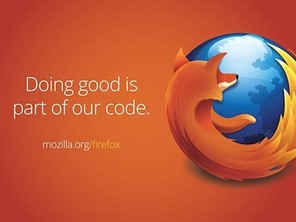
Slack shares compelling statistics with concise copy paired with eye-catching imagery in this campaign.
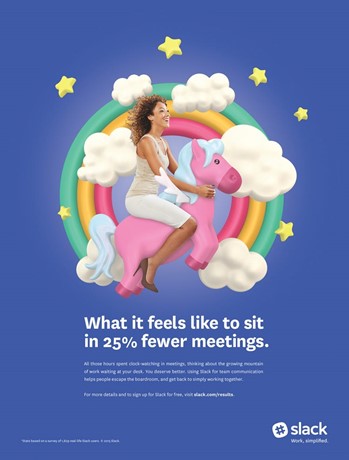
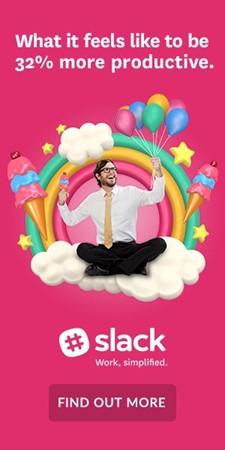

Basecamp’s homepage makes it crystal clear, before you even have to scroll, how the product can benefit you in your day-to-day work life.
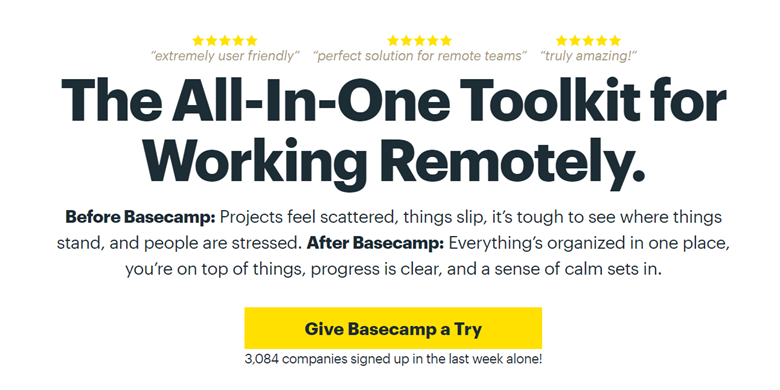
I was struck by this guide from Salesforce because it didn’t dance around the topic of pandemic recovery like so many tech companies are doing. The subhead on the landing page makes the guide’s value proposition unmistakable. The guide itself is practical, clear and high value.
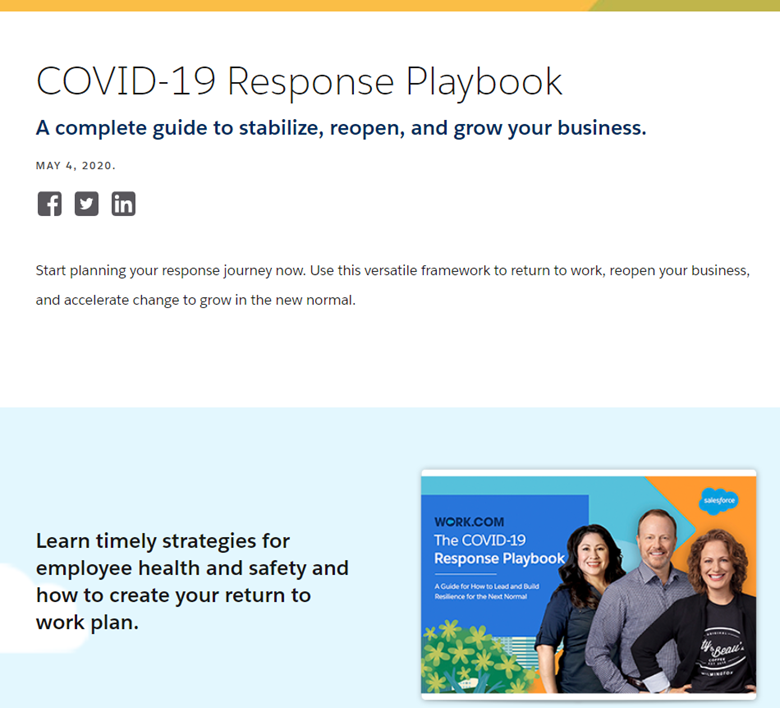
Wrapping Up
More is not better. Better is better.
I can’t say that enough.
No matter how small the asset is, and no matter how high up in the sales funnel it’s going to land, you’ll always get higher ROI from it when you’re thoughtful enough to connect with your audience as humans.
